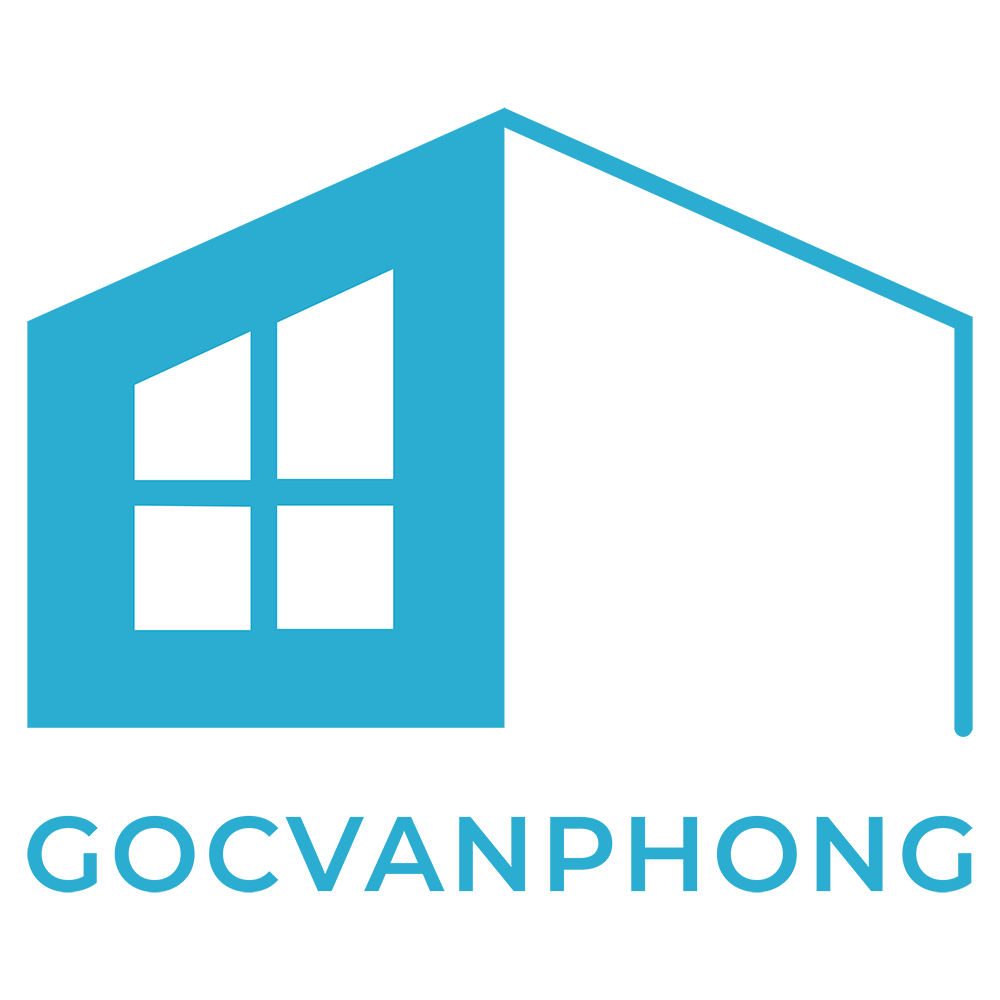Hypertension Medical diagnosis: What You Need to Know
Hypertension, or high blood pressure, is a persistent clinical problem that affects numerous people worldwide. It is typically described as the “silent awesome” since it can go undetected for years, creating damages to the heart, blood vessels, and other organs. Early detection as well as proper medical diagnosis of hypertension are crucial in taking care of the condition and avoiding issues. In this post, we will explore the various techniques utilized to diagnose high blood pressure and shed light on what you require to recognize.
It is important to keep in mind that identifying high blood pressure is not an one-time event. Blood pressure levels can vary throughout the day, so several analyses are required to make an accurate medical diagnosis. Medical care specialists depend on a mix of approaches to identify whether an individual has high blood pressure and to evaluate its seriousness.
1. Blood Pressure Dimension
The initial step in diagnosing hypertension is measuring blood pressure. This is usually done making use of a sphygmomanometer, a device that consists of a blow up cuff and a pressure-measuring scale. The cuff is twisted around the arm, and also air is pumped into the cuff to temporarily cut off blood circulation. The stress is after that gradually released, as well as the healthcare professional listens for the noise of blood flowing with the artery making use of a stethoscope or electronic device.
2 numbers are videotaped during high blood pressure measurement: systolic stress and diastolic pressure. Systolic stress stands for the force exerted on the artery walls when the heart contracts, while diastolic stress reflects the pressure on the artery walls when the heart is incasol capsulas at remainder between beats. High blood pressure is gauged in millimeters of mercury (mmHg), and also an analysis of 120/80 mmHg is taken into consideration within the normal array.
It is advisable to gauge high blood pressure in a peaceful area after relaxing for at least 5 minutes as well as staying clear of high levels of caffeine or cigarette smoking in advance. Multiple analyses tackled different days are often essential to validate a diagnosis of high blood pressure.
2. Ambulatory Blood Pressure Surveillance
Ambulatory high blood pressure surveillance (ABPM) is an approach that provides a much more comprehensive evaluation of an individual’s blood pressure over a 24-hour period. This approach entails putting on a portable high blood pressure monitor that instantly blows up at normal intervals to determine blood pressure throughout the day and night.
ABPM aids medical care specialists gather an even more precise picture of an individual’s high blood pressure patterns, as it gets rid of the possible “white coat disorder” – a phenomenon where high blood pressure climbs in a medical setting due to anxiousness or anxiety. ABPM is especially useful for individuals who have borderline hypertension or whose high blood pressure analyses vary dramatically throughout regular office check outs.
During ABPM, individuals are suggested to proceed their day-to-day tasks as usual but avoid getting the display wet and keeping it at the very same level as their heart. The taped blood pressure readings are later on reviewed by a health care specialist to identify as well as handle high blood pressure effectively.
3. Residence High Blood Pressure Tracking
House blood pressure monitoring (HBPM) is another useful device in detecting as well as handling hypertension. It includes people checking their blood pressure in the convenience of their own houses using a portable tracking tool. HBPM permits several analyses at various times throughout the day, supplying a more comprehensive assessment of a person’s blood pressure.
To guarantee exact outcomes, individuals should carefully adhere to the directions provided with the tool as well as take their blood pressure at consistent times every day. It is advised to rest quietly for a couple of minutes before taking a reading as well as to prevent high levels of caffeine, smoking cigarettes, as well as workout in advance. The collected information can be shown healthcare experts to aid in the medical diagnosis and also administration of hypertension.
It is very important to note that HBPM must not change regular high blood pressure monitoring done by medical care experts, yet instead be made use of as a complementary technique to assess high blood pressure control outside the medical setup.
4. Lab Examinations as well as Case History
Along with blood pressure measurements, health care professionals may ask for research laboratory examinations and evaluate an individual’s medical history to support the medical diagnosis of hypertension as well as analyze its underlying causes.
Common research laboratory examinations consist of:
- Blood tests: These can aid evaluate kidney function, cholesterol degrees, blood sugar levels, as well as other aspects that might add to hypertension.
- Urine examinations: These can offer details about kidney feature and the visibility of specific materials that may show underlying health problems.
- Electrocardiogram (ECG or EKG): This examination records the electric activity of the heart and also can aid recognize any kind of problems or heart conditions.
Furthermore, medical care experts will certainly assess an individual’s medical history, including any type of existing health problems, household background of hypertension or cardiovascular diseases, lifestyle aspects, and also drug usage. This comprehensive technique helps health care specialists customize treatment plans as well as implement way of life alterations fit to the person’s details demands.
Verdict
Diagnosing high blood pressure is a multi-faceted procedure that includes blood pressure dimensions, ambulatory high blood pressure surveillance, residence blood pressure monitoring, lab examinations, and a comprehensive evaluation of an individual’s medical history. These techniques collaborate to provide medical care professionals with a thorough understanding of a person’s high blood pressure profile, allowing them to detect hypertension accurately and establish individualized treatment plans.
If you suspect you have hypertension or have threat variables for establishing the problem, consult with a medical care professional that can lead you via the diagnostic procedure and help you manage your blood pressure successfully. Keep in mind, early discovery as well as treatment play an important role in protecting against problems and promoting a healthy life.





